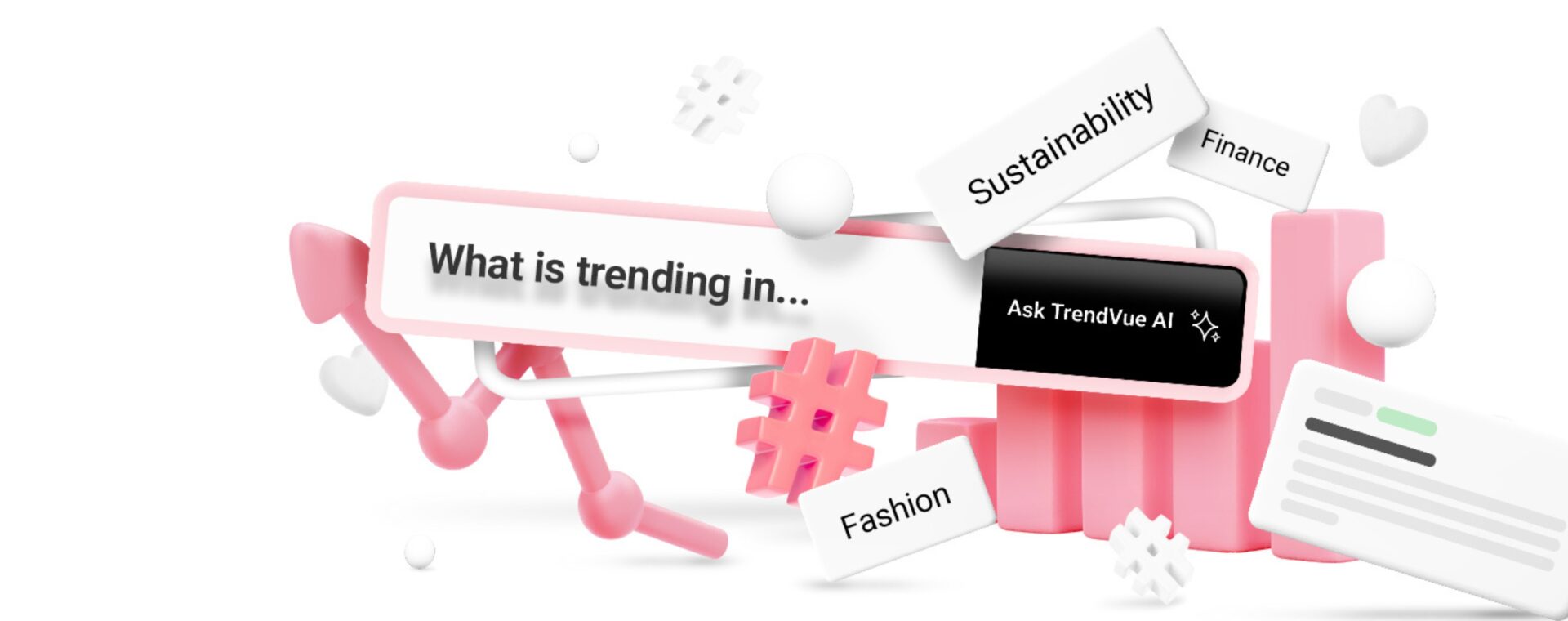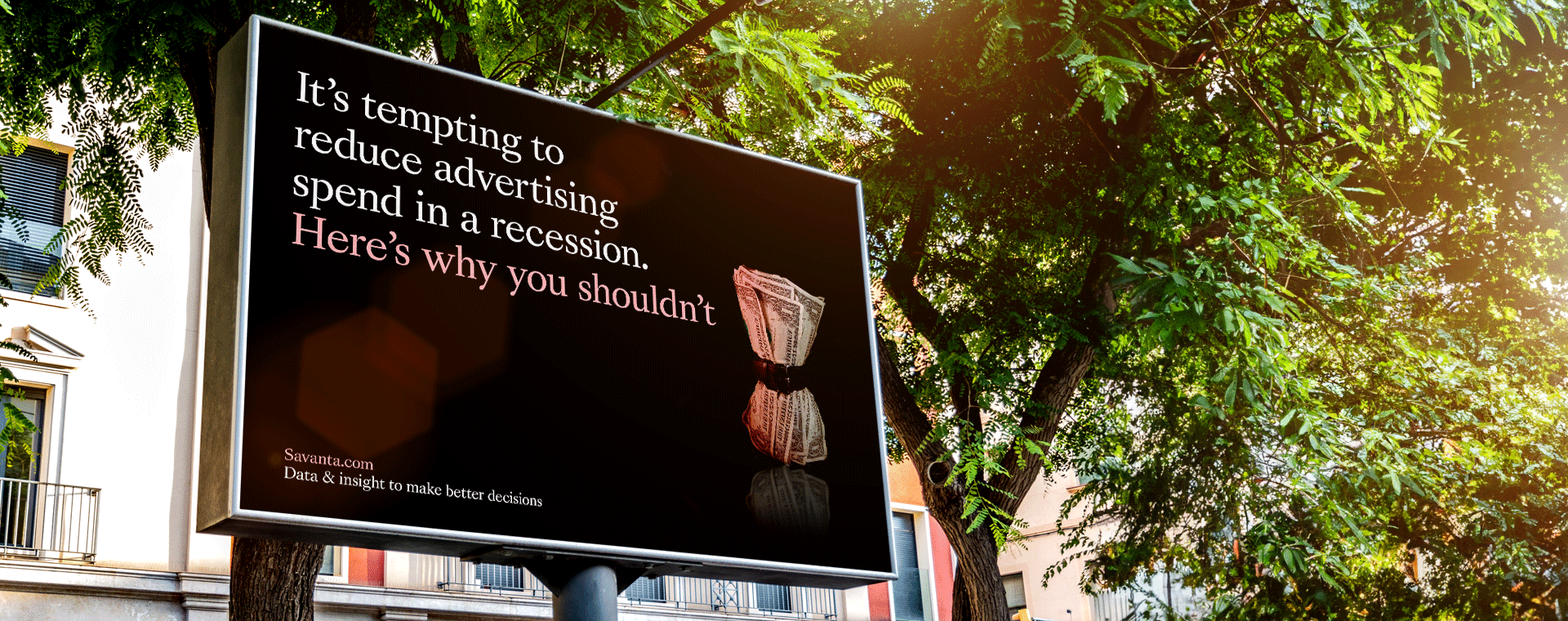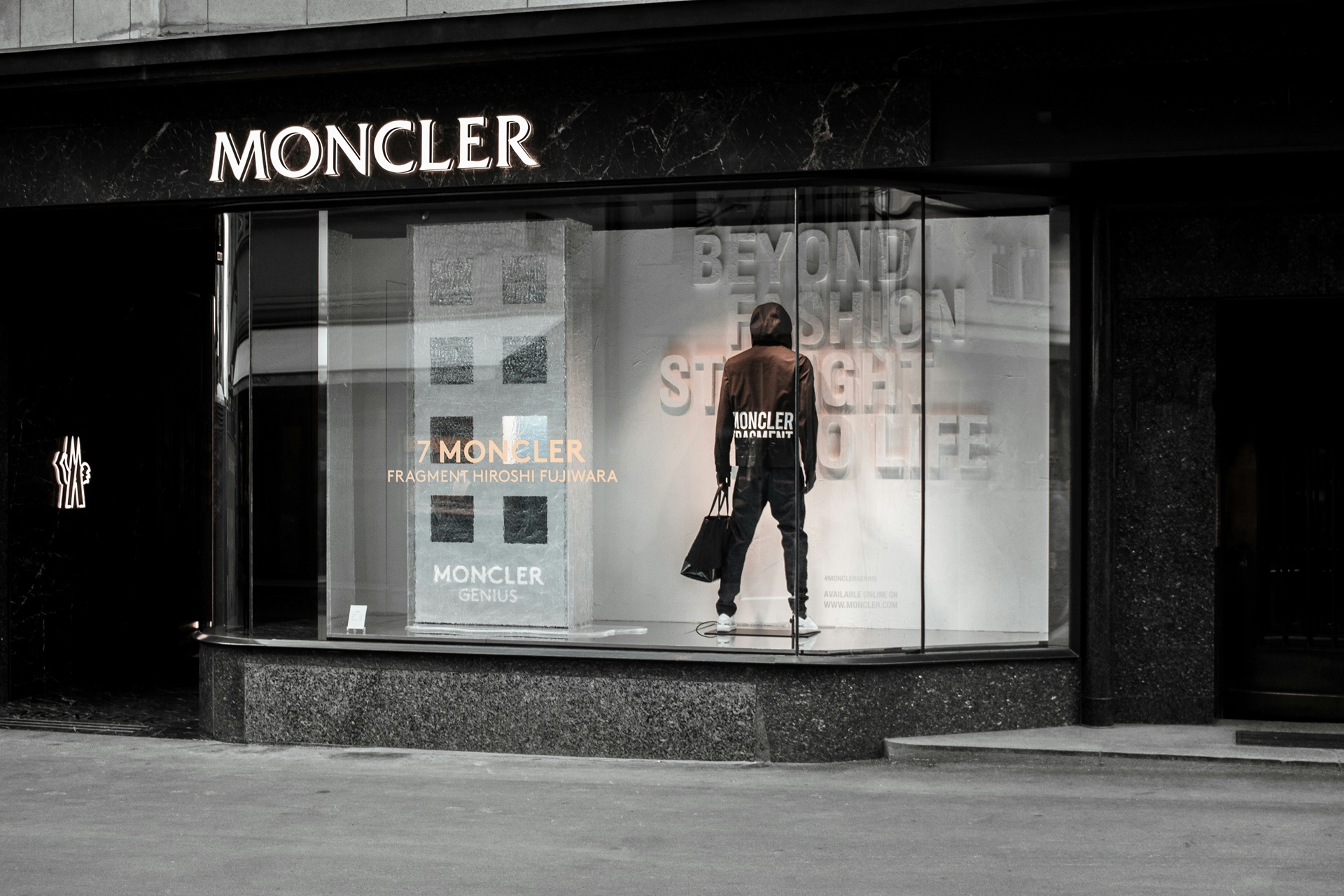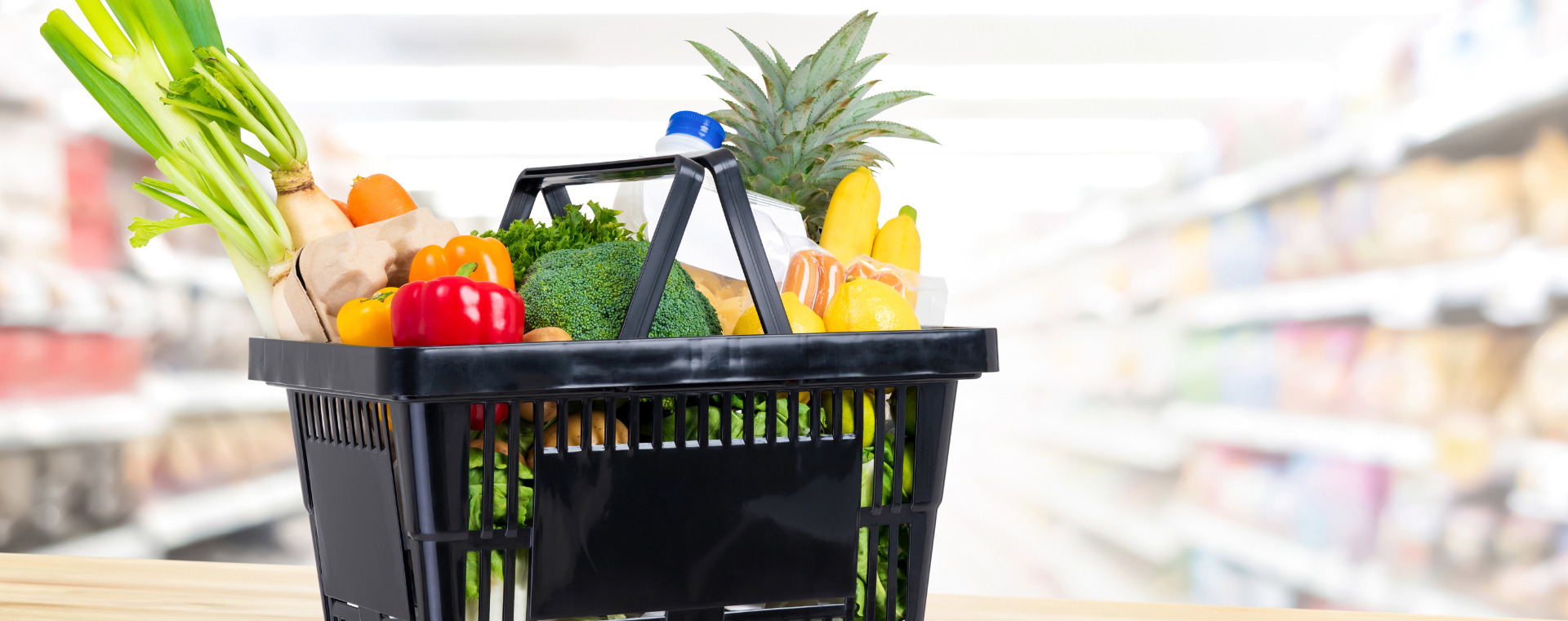
Four in five of us have changed the way we shop for food and essentials since March. But as the COVID-19 context keeps evolving, are our shopping behaviours changing for good?
A switch to online channels is clearly the biggest change we have seen in grocery shopping since March and it looks like it is here to stay.
The impact of the pandemic, and of the lockdown in particular, on our grocery shopping has been well documented. Since March, 80% of us have changed our shopping routine, either changing the way we shop (28%), what we bought (13%) or where we shopped (14%).
Back in June, we took a snapshot of grocery shopping behaviour in the UK and identified a few emerging behaviours. Four months on, with schools re-opened and people (at times) being encouraged to go back to normal, have those behaviours stuck? Using data from our September wave of fieldwork, we take a look at how the picture has changed.
A switch to online channels is clearly the biggest change we have seen in grocery shopping since March and it looks like it is here to stay.
In our June study, 28% of respondents had used supermarket online deliveries, and a further 9% had used click & collect since the beginning of the pandemic, with approximately half having used those channels for the first time in this period. Online channel usage remained consistent in September with 18% saying they had used online delivery within the last two weeks.
Even more telling, 82% expect to carry on with online shopping once lockdown and COVID-19 restrictions are completely lifted.
The initial increase in local or community shopping, on the other hand, doesn’t appear to have continued.
Although visits to convenience stores remain stable between June and September, purchases from other local suppliers seem to decrease, suggesting that the initial surge towards independents, farm shops and local suppliers might have been more of a response to supermarkets facing stock issues rather than a true attitudinal shift towards supporting the local economy. In September, 78% of those who bought from local and independent retailers claimed they will carry on doing so once all COVID-19 restrictions are over – a decrease from the 84% score in June.
New norms and new ways of shopping emerged, following an increase in safety consideration when deciding where to shop.
In June safety measures were the key driver when deciding where to shop for groceries, ahead of convenience and price considerations. Just under one in five (18%) have changed where they usually shop for food and essentials because of their local supermarket’s poor response to COVID-19. On the other hand, some retailers have been able to leverage their safety measures and communications to increase engagement, with over a third of shoppers feeling impressed with how their local supermarket responded to the pandemic.
But the most striking change between behaviours in June versus September is around shopping missions.
In June, 70% were sticking to a big weekly or fortnightly shop, yet only 54% now do so as of September, where we have seen a sharp increase in small shop routines and shopping around for deals (12% respectively). In addition, meal planning and shopping lists have also decreased.
As we move closer to the end of the furlough scheme and with a third of the population stating a decrease in their disposable income (Savanta Covid-19 tracker 13 September), this suggests a new gradual shift in shopping priorities. Value is likely to become a much more important decision driver, and retailers will appear to be fully prepared for this, with promotional activities back to pre-COVID levels.
Can we say that the pandemic has changed grocery shopping forever? Possibly, but it isn’t that straightforward. Behaviours are linked to context and the lockdown context has driven a shift towards online, local and planned. However, a return to work and school routines is changing shopping missions and planning already. The next phase of the pandemic and its consequences on the economy are now changing priorities once again, with a stronger focus on price and value. We can expect short-term issues to continue to shape behaviours, but also provide opportunities for new longer-term attitudes to be formed.
Adopting a W.I.N. framework:
Since lockdown began in March, we’ve identified three important themes, encompassed in our “W.I.N.” framework, to help businesses objectively measure and assess the viability of potential initiatives they may be considering. Our key themes are:
- Wired: Many of us are now getting accustomed to shopping online and this looks to continue. Are you creating an engaging online experience that goes beyond just transactional?
- Interconnectedness: Most of us are in constant contact with our social networks digitally in lieu of face-to-face (something we may have been missing and will now want more of). During lockdown, building meaningful relationships has often taken the form of more local, community shopping but can this last? Do your current retail strategies encompass the shopping channels required, and leverage the longing for community and togetherness?
- New Norms: With the world constantly changing, new social contracts and behaviours are manifesting themselves and will become permanent (think face masks but also upcoming recession). Do you have a constant view of changing norms and is your business agile enough to accommodate these changes?
To find out more about how to W.I.N at retail please click on the links below to our Behavioural Research webinar from late July. In it we discuss the relevant behavioural science considerations, as well as findings from our past research, that are impacting how we shop and what businesses can do to make sure their retail initiatives are suited to the ever-changing nature of shopper behaviour.
Alternatively, for more information on how we are helping retailers successfully navigate these times, please get in touch.
Data from Savanta Covid-19 tracker: sample of 2,000 UK Nat Rep participants – fieldwork w/c 8 June and w/c 14 September





